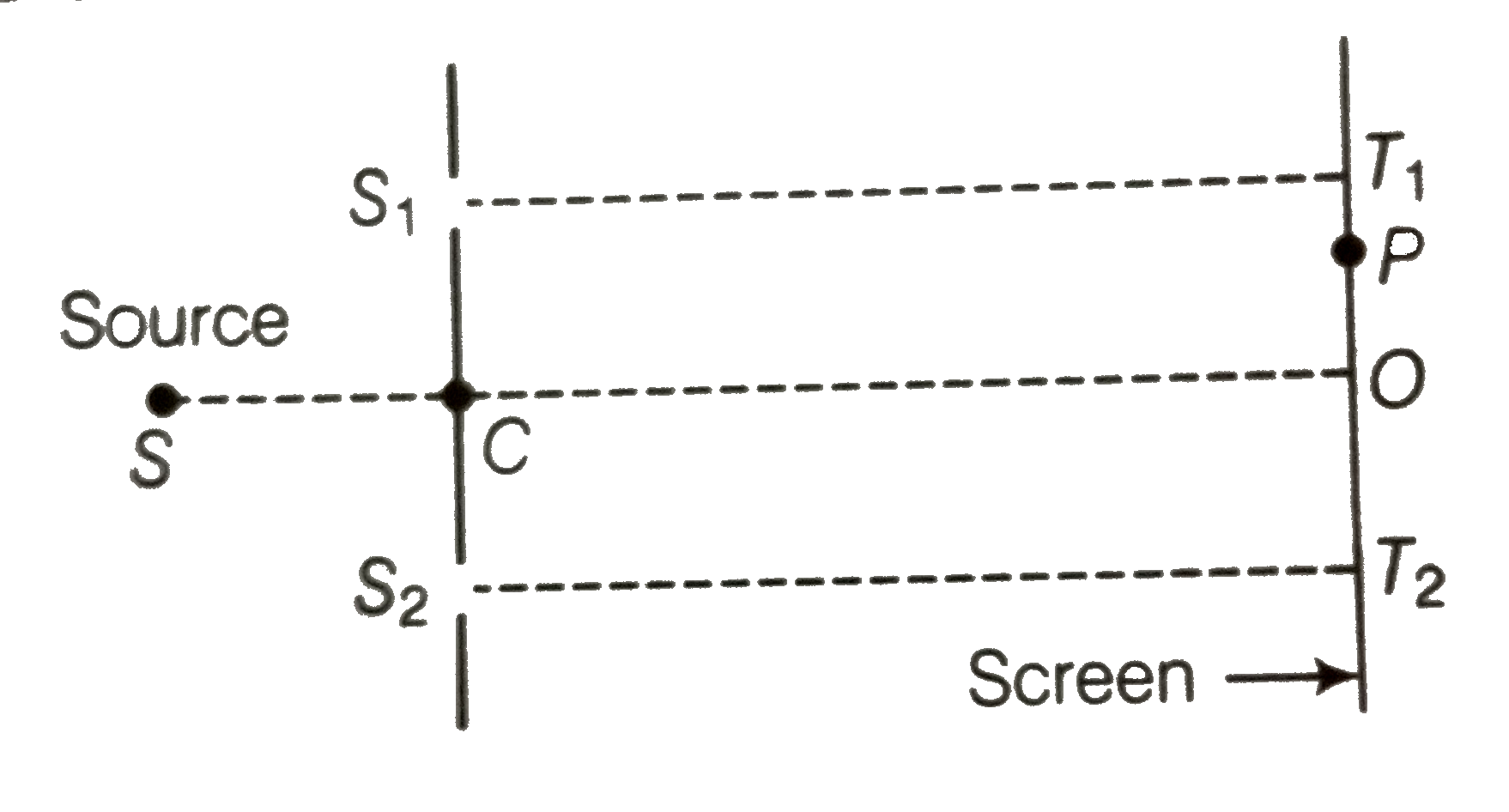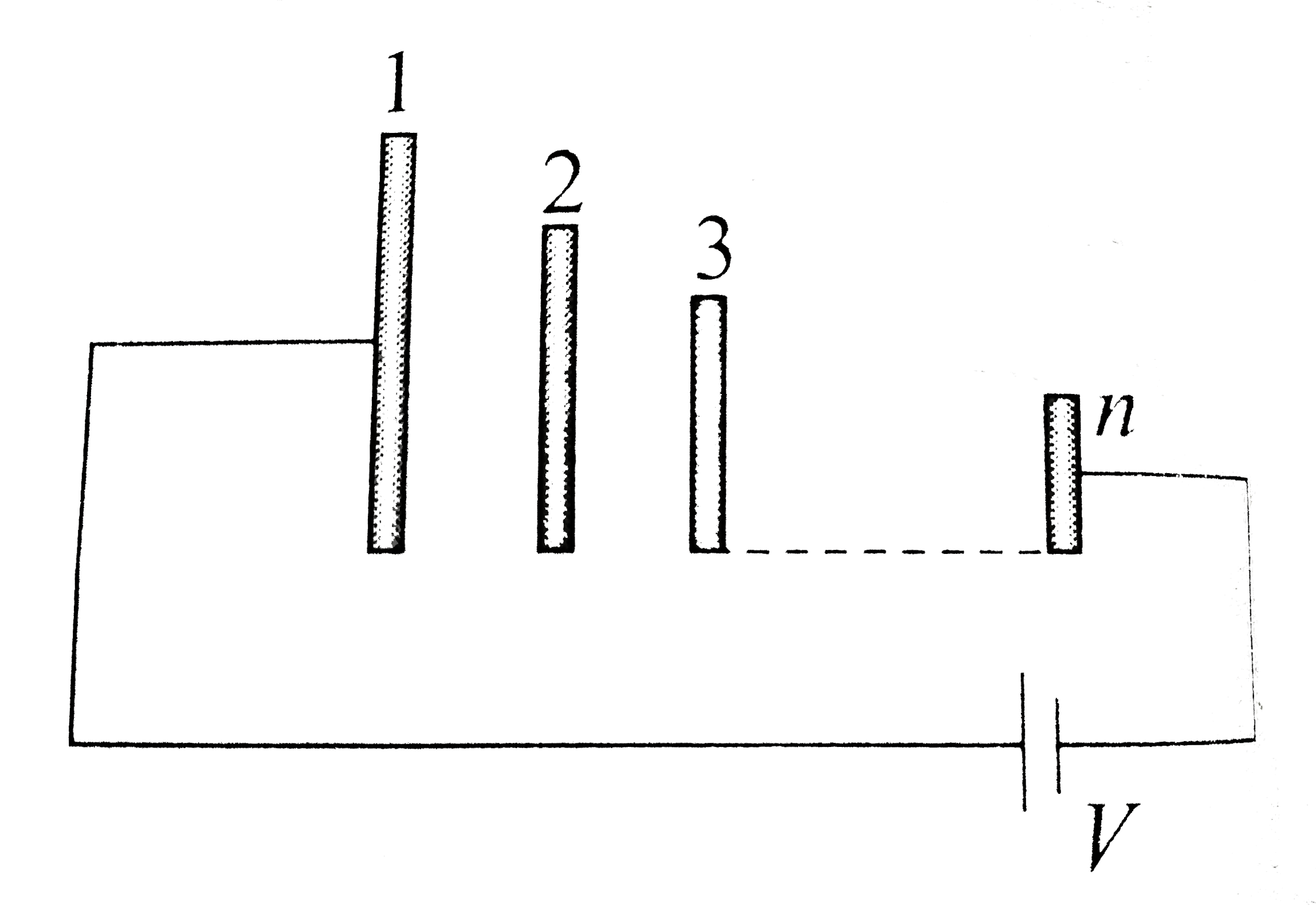Consider a Body Centred Cube (BCC) arrangement, let de,dfd,dbd be the distances between successive atoms located along the edge, the face-diagonal, the body diagonal respectively in a unit cell. Their order is given as:
de<dfd<dbd
dfd>dbd>de
dfd>de>dbd
dbd>de>dfd
The correct Answer is:C
To solve the problem regarding the distances between successive atoms in a Body-Centered Cubic (BCC) arrangement, we will follow these steps:
Step 1: Understand the BCC Structure
In a Body-Centered Cubic (BCC) arrangement, there are 8 atoms located at the corners of the cube and 1 atom located at the center of the cube.
Step 2: Identify the Distances
We need to find the distances between successive atoms along three different paths:
1. Edge Distance (D_E): This is the distance between two atoms located at the corners of the cube along one edge.
2. Face Diagonal Distance (D_FD): This is the distance between two atoms located at the corners of the cube along the face diagonal.
3. Body Diagonal Distance (D_BD): This is the distance between two atoms located at the corners of the cube along the body diagonal.
Step 3: Calculate the Distances
1. Distance along the Edge (D_E):
- The distance between two atoms along the edge of the cube is equal to the edge length of the cube, denoted as A.
- Therefore, DE=A.
2. Distance along the Face Diagonal (D_FD):
- The face diagonal of a cube can be calculated using the Pythagorean theorem. The length of the face diagonal is given by √2A.
- The distance between two atoms along the face diagonal is half of this length, so DFD=√2A2=A√22.
3. Distance along the Body Diagonal (D_BD):
- The body diagonal of a cube can also be calculated using the Pythagorean theorem. The length of the body diagonal is given by √3A.
- The distance between two atoms along the body diagonal is half of this length, so DBD=√3A2.
Step 4: Compare the Distances
Now we have:
- DE=A
- DFD=A√22
- DBD=√3A2
To compare these distances, we can express them in terms of A:
- DE=A
- DFD=0.707A (approximately)
- DBD=0.866A (approximately)
Step 5: Determine the Order of Distances
From the values calculated:
- DE>DBD>DFD
Thus, the order of distances is:
1. DE (Edge Distance)
2. DBD (Body Diagonal Distance)
3. DFD (Face Diagonal Distance)
Final Answer
The correct order of distances is:
DE>DBD>DFD
In a Body-Centered Cubic (BCC) arrangement, there are 8 atoms located at the corners of the cube and 1 atom located at the center of the cube.
We need to find the distances between successive atoms along three different paths:
1. Edge Distance (D_E): This is the distance between two atoms located at the corners of the cube along one edge.
2. Face Diagonal Distance (D_FD): This is the distance between two atoms located at the corners of the cube along the face diagonal.
3. Body Diagonal Distance (D_BD): This is the distance between two atoms located at the corners of the cube along the body diagonal.
1. Distance along the Edge (D_E):
- The distance between two atoms along the edge of the cube is equal to the edge length of the cube, denoted as A.
- Therefore, DE=A.
- The face diagonal of a cube can be calculated using the Pythagorean theorem. The length of the face diagonal is given by √2A.
- The distance between two atoms along the face diagonal is half of this length, so DFD=√2A2=A√22.
- The body diagonal of a cube can also be calculated using the Pythagorean theorem. The length of the body diagonal is given by √3A.
- The distance between two atoms along the body diagonal is half of this length, so DBD=√3A2.
Now we have:
- DE=A
- DFD=A√22
- DBD=√3A2
- DE=A
- DFD=0.707A (approximately)
- DBD=0.866A (approximately)
From the values calculated:
- DE>DBD>DFD
1. DE (Edge Distance)
2. DBD (Body Diagonal Distance)
3. DFD (Face Diagonal Distance)
The correct order of distances is:
DE>DBD>DFD
Topper's Solved these Questions
- SOLID STATEBOOK - RESONANCE ENGLISHCHAPTER - SOLID STATEEXERCISE - Exercise -2 (Part-I)
19 Videos
- SOLID STATEBOOK - RESONANCE ENGLISHCHAPTER - SOLID STATEEXERCISE - Exercise -2 (Part-II Single correct double value integer type)
9 Videos
- SOLID STATEBOOK - RESONANCE ENGLISHCHAPTER - SOLID STATEEXERCISE - Exercise -1
20 Videos
- S BLOCK ELEMENTSBOOK - RESONANCE ENGLISHCHAPTER - S BLOCK ELEMENTSEXERCISE - ORGANIC CHEMISTRY(Biomolecules & Polymer)
4 Videos
- STRUCTURAL IDENTIFICATION & PRACTICAL ORGANIC CHEMISTRYBOOK - RESONANCE ENGLISHCHAPTER - STRUCTURAL IDENTIFICATION & PRACTICAL ORGANIC CHEMISTRYEXERCISE - Section -B
18 Videos
Similar Questions
In a body-centred and face-centred arrangement of atoms of an element, what will be the number of atoms present in respective unit cells ?
View SolutionAtoms A, B, C and D are present at corners, face centres, body centres and edge centres and respectively in a cubic unit cell. Find the formula of compound.
View Solution
Knowledge Check
The relationship between atomic radius (r) and the edge length 'a' of a body centred cubic unit cell is:
Ar=a2Br=√a2Cr=√34aDr=3a2Consider a two slit interference arrangements (figure) such that the distance of the screen from the slits is half the distance between the slits. Obtain the value of D in terms of λ such that the first minima on the screen falls at a distance D from the centre O.
 Aλ2.472Bλ2.236Cλ1.227Dλ3.412
Aλ2.472Bλ2.236Cλ1.227Dλ3.412
Atoms A, B, C and D are present at corners, face centres, body centres and edge centres and respectively in a cubic unit cell. Find the formula of compound.
View SolutionSuppose n conducting face to face, and the distance between two successive plates is d. Each plate is half of the area of the previous one. If area of first plate is A
 .
.
(i) If the area of the first plate is A, find the equyivalent capacitance of the system.
(ii) If a cell of emf V is connected as shown in and a dielectric of dielectric constant k is inserted between the first and second plates, dind the charge on the nth plate.
View SolutionIn a unit cell, atoms A, B, C and D are present at comers, face centres, body - centre and edge - centre respectively in a cubic unit cell. The total number of atoms present per unit cell is
View SolutionIn a body-centred and face-centred arrangement of atoms of an element, what will be the number of atoms present in respective unit cells. Justify your answer with calculation.
View SolutionConsider a two slit interference arrangements (figure) such that the distance of the screen from the slits is half the distance between the slits. Obtain the value of D in terms of λ such that the first minima on the screen falls at a distance D from the centre O.

View SolutionIn fcc lattice ,A, B, C,D atoms are arranged at corner , face centre , ocatahedral void and tetrahedral void respectively , then the body diagonal contains :
View Solution
